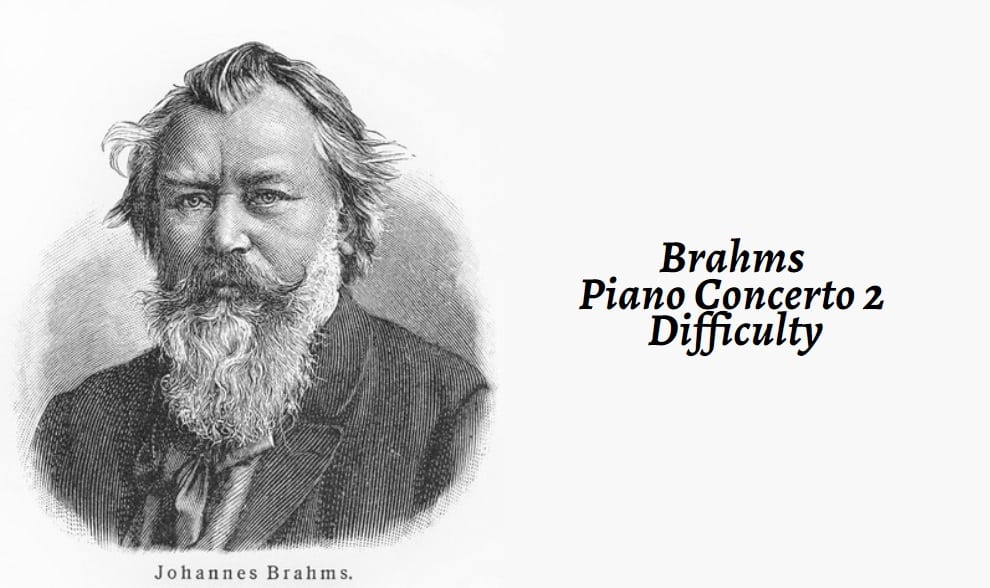
SUBSECTION A:īars 46-53: Presto con fuoco theme, A minor. The first six bars use only tonic and diminished seventh harmony, with a tonic pedal in the bass. This passage is similar in key and temperament to Chopin’s ‘Winter Wind’ Etude. A much wider keyboard range is used, and the melody is sometimes in the left hadn, with a brusque and brutal character. The dynamic level is much louder, with turbulent crescendi and diminuendi.


The tempo is much quicker, with an almost constant semiquaver (sixteenth note) pulse. PRESTO CON FUOCO:Ī sudden and violent change of mood. The dominant seventh chord contains a sixth (A) instead of a fifth this note is head in the upper voice, and is repeated in the final bar, as A gradually begins to assert its supremacy over F. Bars 34-47 are a transposition of Bars 6-9 up a third, ending with a V7 – i cadence in A minor.īars 37-45: Closing passage. Diminished seventh chords (end of Bars 37 and 39) and siliciana rhythms (Bars 38 and 40, and continuing in the bass in Bars 41-42) lead to V7 – I cadential progressions (Bars 38-39 and 40-41, then reiterated throughout Bars 41-45). The expected V7 – I cadence in Bars 32-33 is now interrupted by a sudden return to A minor. SUBSECTION A:īars 26-37: The return of first two phrases are very similar to Bars 2-9 at first. Bars 25-26 return to F major, and lead directly (still within the same phrase mark) to a return of the first two phrases from subsection A. It passes sequentially through A minor (Bars 18-19), to C major (the dominant key).īars 21-26: This passage begins as a transposition of Bars 5-9 up a fifth to C major (though note the subtle change in the placement of the beginning of the phrase). SUBSECTION B:īars 17-21: Episode, retaining the basic four-bar phrase structure, but beginning with a similarly syncopated feel to the third phrase (Bars 9-10). There is a tonic pedal in the bass in Bars 2-3.īars 6-9: Second phrase, continuing in a similar vein to the first phrase, now constantly returning to the tonic chord in the second inversion in Bars 6-8, but ending with a stronger V7 – I cadence (with the melody ending on the tonic note on a strong beat).īars 9-17: The first two phrases are repeated, with a slightly altered beginning (now slightly syncopated due to the long note and tie, with less repetition of the dominant note, and slightly fuller in texture). The melody spans an octave, from the lower to the upper tonic notes, and mostly contains repeated notes, seconds and thirds. SUBSECTION A:īars 1-5: First phrase, F major, beginning with a softly repeated dominant note. The B section makes a passing reference to A minor, and this key also begins to assert itself in the return of the “A” subsection and in the closing passage. The phrases are basically four bars in length, although with subtle changes to the beginnings or ending of some phrases (such as the repetition of the first note of the first phrase or the syncopation in the third phrase) the regularity of phrasing (and rhythm) is similar to the use of poetic meter in a literary ballad. The initial “A” subsection is entirely diatonic (i.e. The melody is always in the upper voice, with a simple chordal accompaniment. There is an ABA substructure to this section, followed by a closing passage. This is also reinforced by the choice of key (F major being the key of works such as Beethoven’s Pastoral Symphony, No. dotted quaver-semiquaver-quaver/dotted eighth note-sixteenth note-eighth note) gives the music an idyllic pastoral character. quaver-crotchet/eighth note-quarter note), occasionally interspersed with the Siciliana rhythm (e.g.

The use of a recurring iambic rhythm (weak-strong, e.g.

The opening passage has a gentle, nostalgic character, with very soft dynamic levels.


 0 kommentar(er)
0 kommentar(er)
